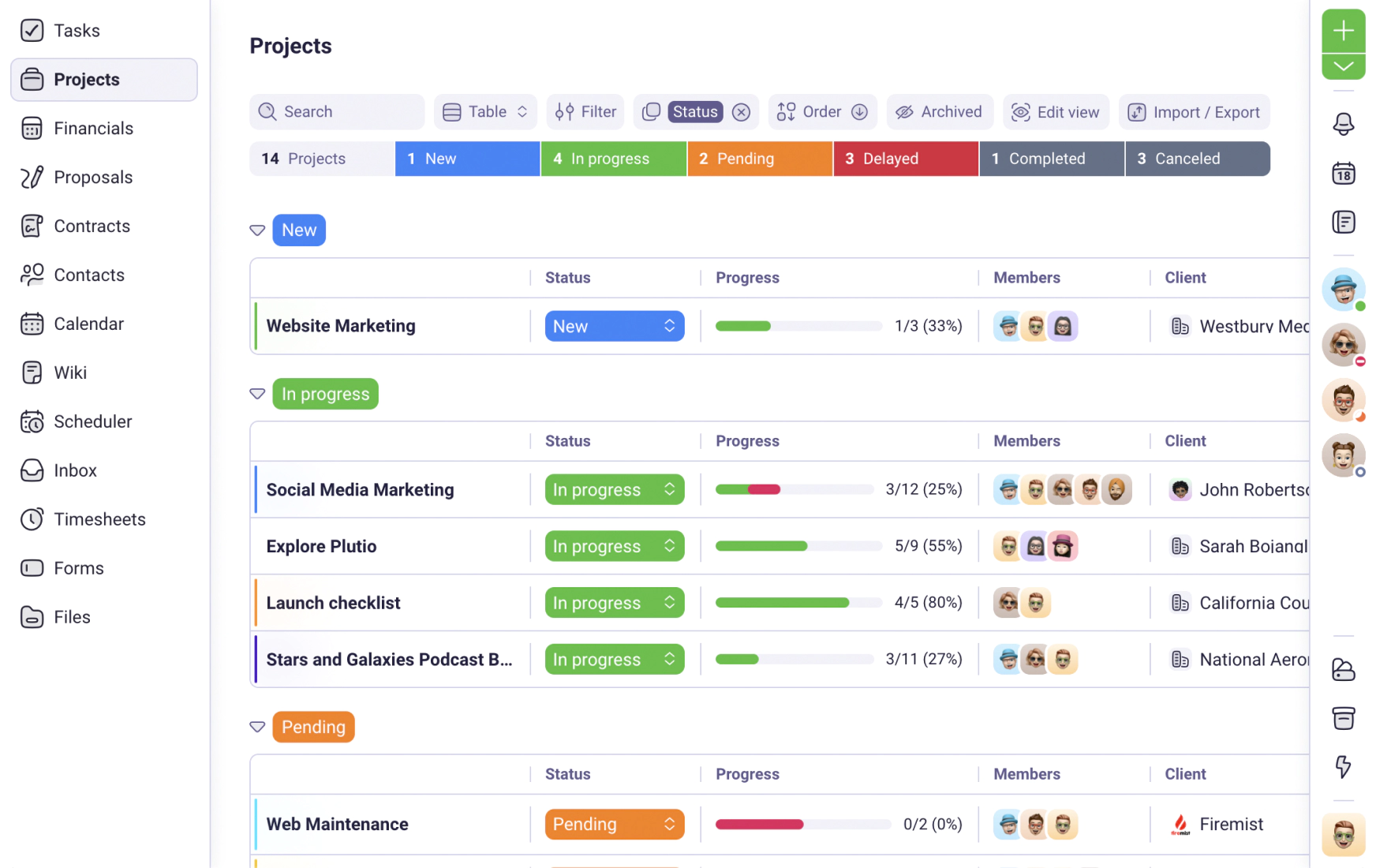We use cookies to personalise and enhance your experience.
Freelancers are one of the most critical pillars of industries. Although many of them started freelancing as a temporary gig, many agreed that they would never go back to a 9-5 job. We can understand that well.
Freelancing offers excellent flexibility. You can work and travel instead of sitting in the office with people you don't particularly like and doing actual work only when your boss is near.
Freelancers represent 35% of the workforce worldwide. When it comes to the impact that freelancers have on the economy, their income contributes more to the economy than some industries such as transportation and construction.
The freelancing lifestyle has its pros and cons, but the fact is that freelancers generally earn more compared to office workers.
Yet, are you sure that you are paid fairly? Do you have everything you need to be covered?
Well, to protect your best interests as a freelancer, you will need to learn how to draft a freelance contract. By doing so, you will set the right foundations to protect your intellectual property, your work, and your finances as well. Of course, you will preserve the client's best interests as well.
How to draft a freelance contract by yourself
We know that crafting a perfect contract draft by yourself can be a bit tricky but don't you worry about the thing. You don't need to be a freelance lawyer either. Every contract creation consists of a few simple steps. It is all about setting the stage, setting the expectations, timeline, and budget. So to make everything work, you should think about the following:
Start with the basics
The easiest way to cover all the crucial points of every contract is to put everything on paper. Different communication channels with clients - various messaging platforms, emails, conference calls… make things a bit complicated but try to recall every possible interaction and all points of the contract and put it in one place.
Then, double-check with your client about all the details you agreed on, and maybe try to negotiate more until you set all significant information.
Make sure that there is a common understanding about all the points and expectations as well.
Define the project scope
We talked about how remarkable it is to set the expectations right. In this part, you need to determine the scope of your project or, to put it simply - what you will do. Then, you need to explain to the client what the goals are and how you will reach them.
For example, if you are a SEO expert, you'd want to share with your client what you want to accomplish in the next six months for their visibility and which steps you will take.
If you are a web developer, you want to explain how the process of building a new website will look like. For example, will you create a custom solution from scratch, or you will you use WordPress themes to speed things up a bit?
If you are a content writer, how many words you will write, and which keywords will you use.
Make sure to set the number of revisions allowed to avoid ending up in the revision limbo. Also, make sure who will be in charge of that part. There is nothing worse than a few people arguing over the revisions, and you get a bunch of confusing emails not knowing whom to listen to.
Payment options
This is the part some people don't like talking about and some keep avoiding it, but it is one of the most notable parts of your contract.
Put everything on the paper - explain all the stages and write what you are paid for. Make sure to clarify if you are paid by the hour, project or whatever you think works the best.
Be honest about how much time it will take. Remember to always give yourself enough time to relax and avoid panicking from the very start.
Remember to mention how you will send your invoices - weekly, monthly, or at the end of the milestones and try offering a few different payment options to show that you are flexible.
If things don't work out for your business relationship…
Sometimes, in the middle of the project, the client simply decides to leave. It’s important to be prepared for that kind of scenario. You end up with half-done work and just want to be paid fairly for everything you’ve done.
How to draft a freelance contract knowing that something like this is possible?
Make sure to include a clause that will cover this part if the project stalls for some time. The status quo is not something you want in your business relations. If you don't hear from your client, you will be paid for the work you’ve done so far.
Make it secure for all parties
You may work with various kinds of sensitive material. For example, if you are doing a technical SEO for an eCommerce store, they will probably want to protect their customer data from competitors.
Therefore, make sure that all points are compliant with strict laws to avoid problems in the future. When you show that you want to protect your customer's sensitive data, it will be another way of establishing trust between you and your client.
Could you keep it simple yet keep it personal?
When drafting a contract, remember to keep it simple and understandable to all parties. You don't need to make a 40-page long draft. Use simple and short sentences. Yet, personalization is always a welcoming addition. You want to build inclusive relationships with clients from day one.
Make sure to protect intellectual property
It would help if you covered the copyrights to prevent any conflicts or future problems. Leave nothing to the interpretation. Will it be okay for your client if you include works you've done for them in your portfolio? You will be surprised just how important this step is, so make sure everyone is comfortable with this part.
In conclusion
Plutio wants to make this aspect of the work much easier for you. Therefore we can offer you various contract templates that cover everything mentioned above and a bit more.
We want you to keep doing great work from scratch. If you are interested in drafting a freelance contract, we are here to give you the initial push. Feel free to explore all the options offered.
Have you tried Plutio yet?
The only app you need to run your business and get work done.
Try Plutio for FREESupercharge your business
The complete toolkit to run your business
The intuitive all-in-one solution to manage and collaborate on projects, share files, build forms, create proposals, get paid, and automate your workflow.
No credit card required


